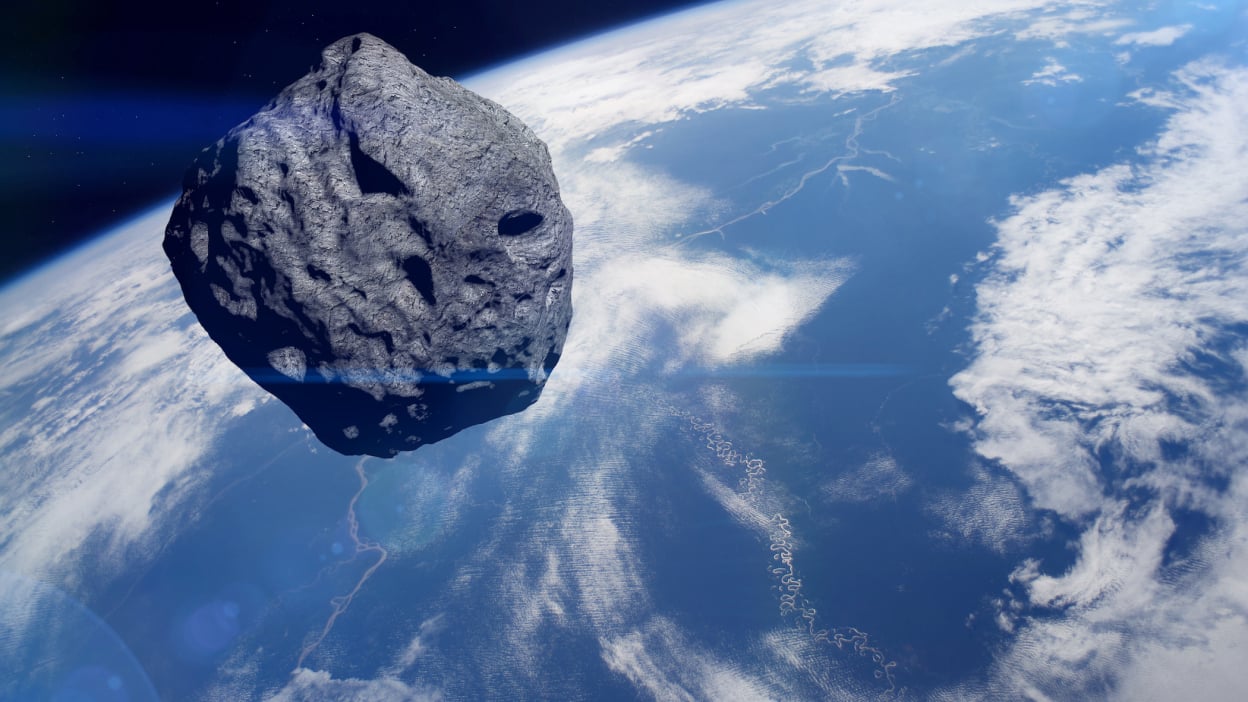The topic of a NASA asteroid hitting Earth has been trending on Google, capturing the attention of millions. With growing interest in space exploration and planetary defense, people are curious about the potential risks and NASA’s efforts to protect our planet. In this blog, we’ll explore the latest updates on asteroid hitting Earth NASA, the science behind asteroid detection, and what 2024 holds for NASA asteroid tracking.
NASA Asteroid Hitting Earth: What’s the Reality?
The idea of an asteroid hitting Earth has fascinated and frightened people for decades. While Hollywood often dramatizes these events, NASA’s real-world efforts to monitor and mitigate asteroid threats are equally compelling. According to NASA, there is no immediate threat of a catastrophic asteroid impact. However, the agency remains vigilant, tracking thousands of near-Earth objects (NEOs) to ensure our safety.
What Is an Asteroid?
Asteroids are rocky remnants from the early solar system, orbiting the Sun primarily in the asteroid belt between Mars and Jupiter. While most asteroids pose no danger, some come close to Earth, earning the classification of near-Earth objects (NEOs). NASA’s advanced tracking systems keep a close eye on these celestial bodies to assess any potential risks.
NASA’s Role in Asteroid Detection and Defense
NASA plays a critical role in planetary defense through its Planetary Defense Coordination Office (PDCO). Using state-of-the-art telescopes and radar systems, NASA identifies and monitors asteroids that could pose a threat. The agency’s Sentry Impact Risk Table provides real-time data on asteroids with even the slightest chance of impacting Earth.
One of NASA’s most significant achievements is the Double Asteroid Redirection Test (DART), which successfully altered the trajectory of an asteroid in 2022. This mission demonstrated that humanity has the technology to defend against potential asteroid threats.
Asteroid Hitting Earth NASA: Is It Possible?

While the chances of a large asteroid hitting Earth are low, the consequences could be devastating. NASA estimates that over 90% of the largest asteroids (those capable of causing global damage) have already been identified and pose no immediate threat. However, smaller asteroids, which are harder to detect, can still cause significant regional damage.
In 2024, NASA continues to monitor asteroids like 2024 YR4, ensuring that any potential threats are identified well in advance.
NASA Asteroid 2024 YR4: What You Need to Know
One of the asteroids being closely watched in 2024 is 2024 YR4. While it is not expected to collide with Earth, its close approach has sparked interest. NASA’s tracking systems provide precise data on its trajectory, size, and speed, ensuring that any changes are detected early.
What Happens If an Asteroid Is Heading Toward Earth?
If NASA detects an asteroid hitting Earth, the agency has a multi-step plan in place. First, scientists would calculate the asteroid’s size, speed, and impact location. Depending on the situation, strategies like deflection missions (similar to DART) or evacuation plans could be implemented.
Public awareness is also a key component of NASA’s planetary defense strategy. The agency regularly shares updates through its website and social media channels to keep the public informed.
Why Is “NASA Asteroid Hitting Earth” Trending?
The surge in searches for NASA asteroid hitting Earth can be attributed to several factors. Increased media coverage of space missions, advancements in asteroid detection technology, and public fascination with cosmic events have all contributed to the trend. Additionally, NASA’s ongoing efforts to study asteroids and protect Earth have sparked widespread interest.
Final Thoughts on NASA Asteroid Threats
While the idea of an asteroid hitting Earth may sound alarming, it’s important to remember that NASA and other space agencies are working tirelessly to monitor and mitigate potential threats. The trending topic serves as a reminder of humanity’s vulnerability to cosmic events but also highlights our growing ability to protect our planet.





